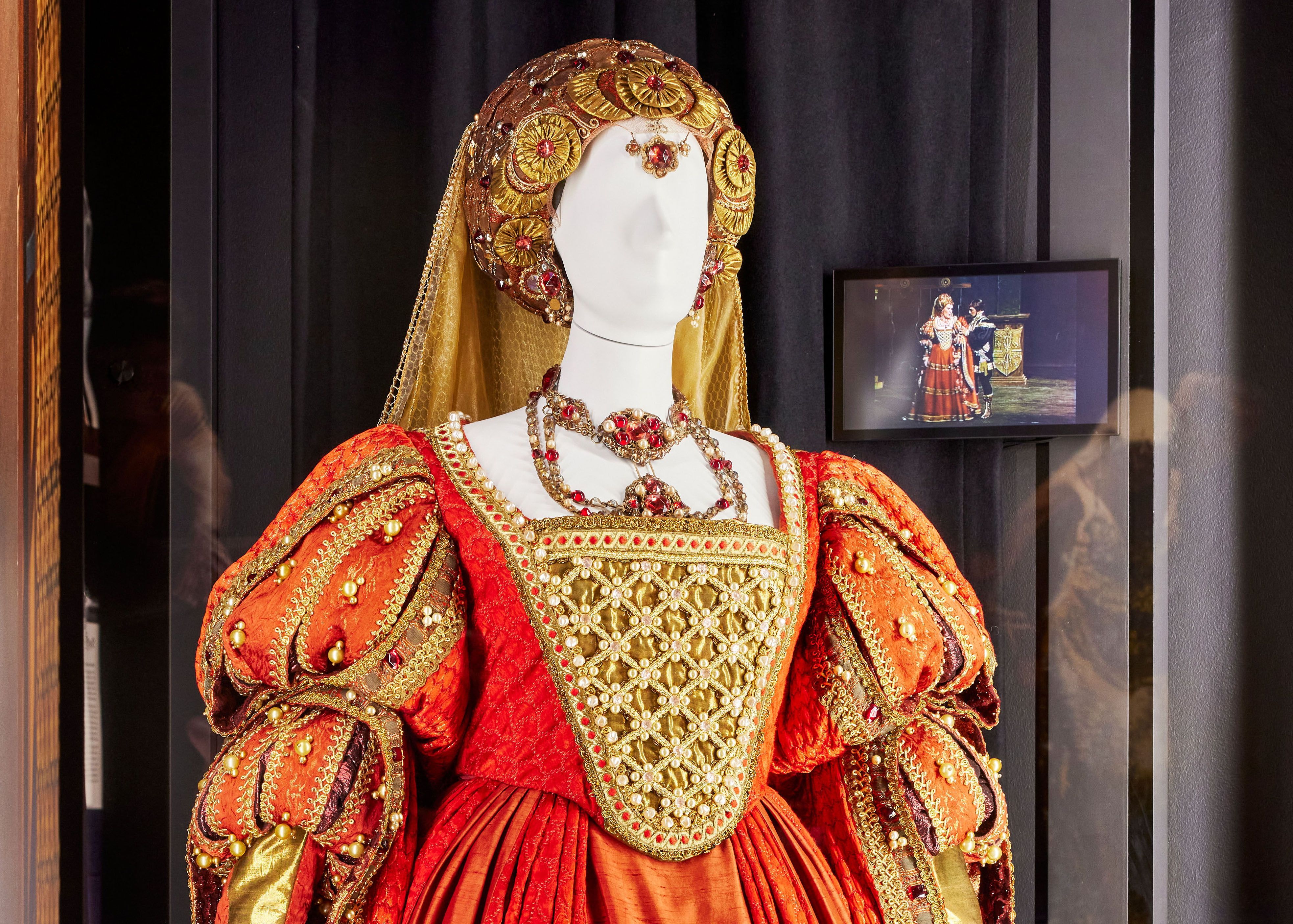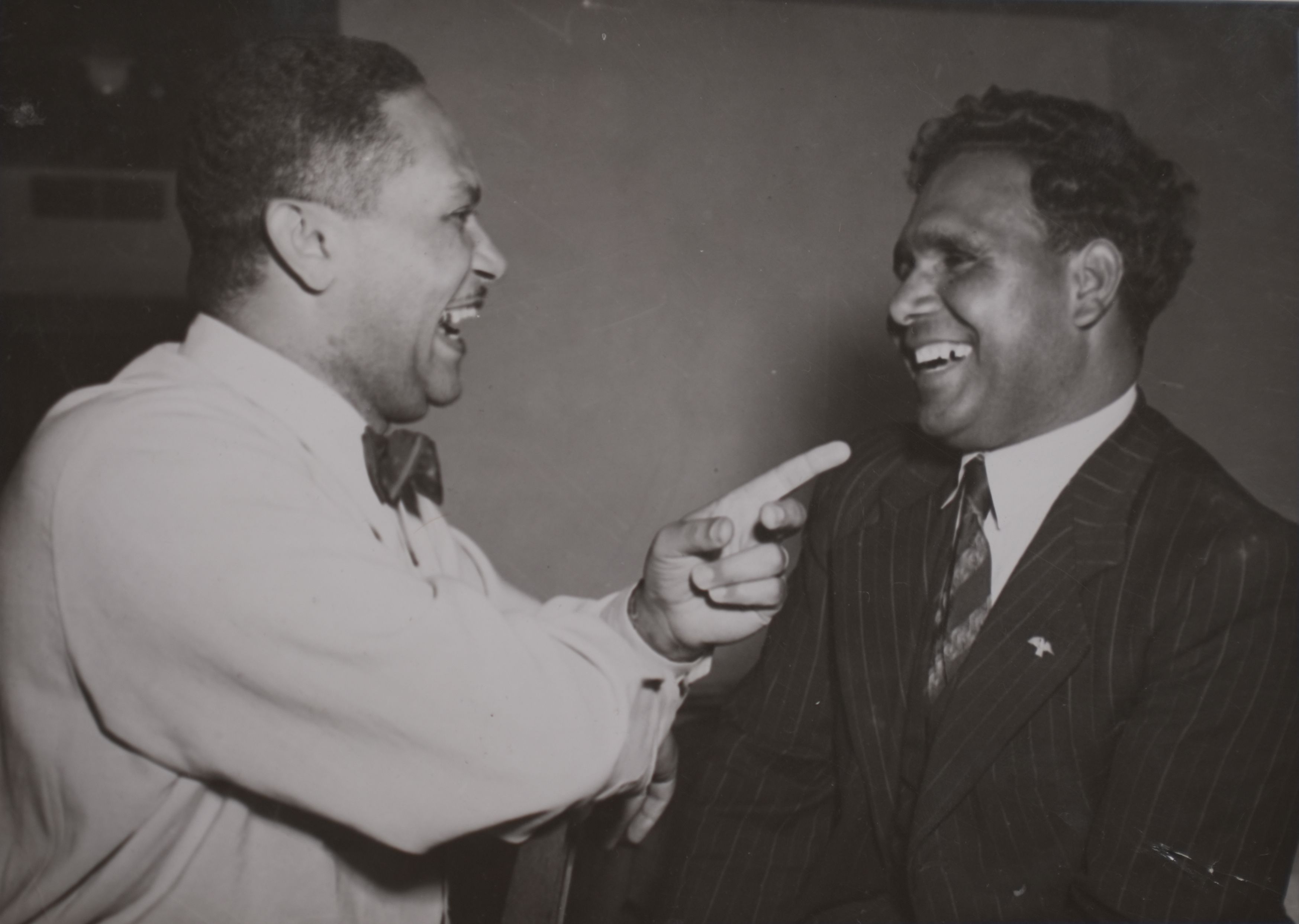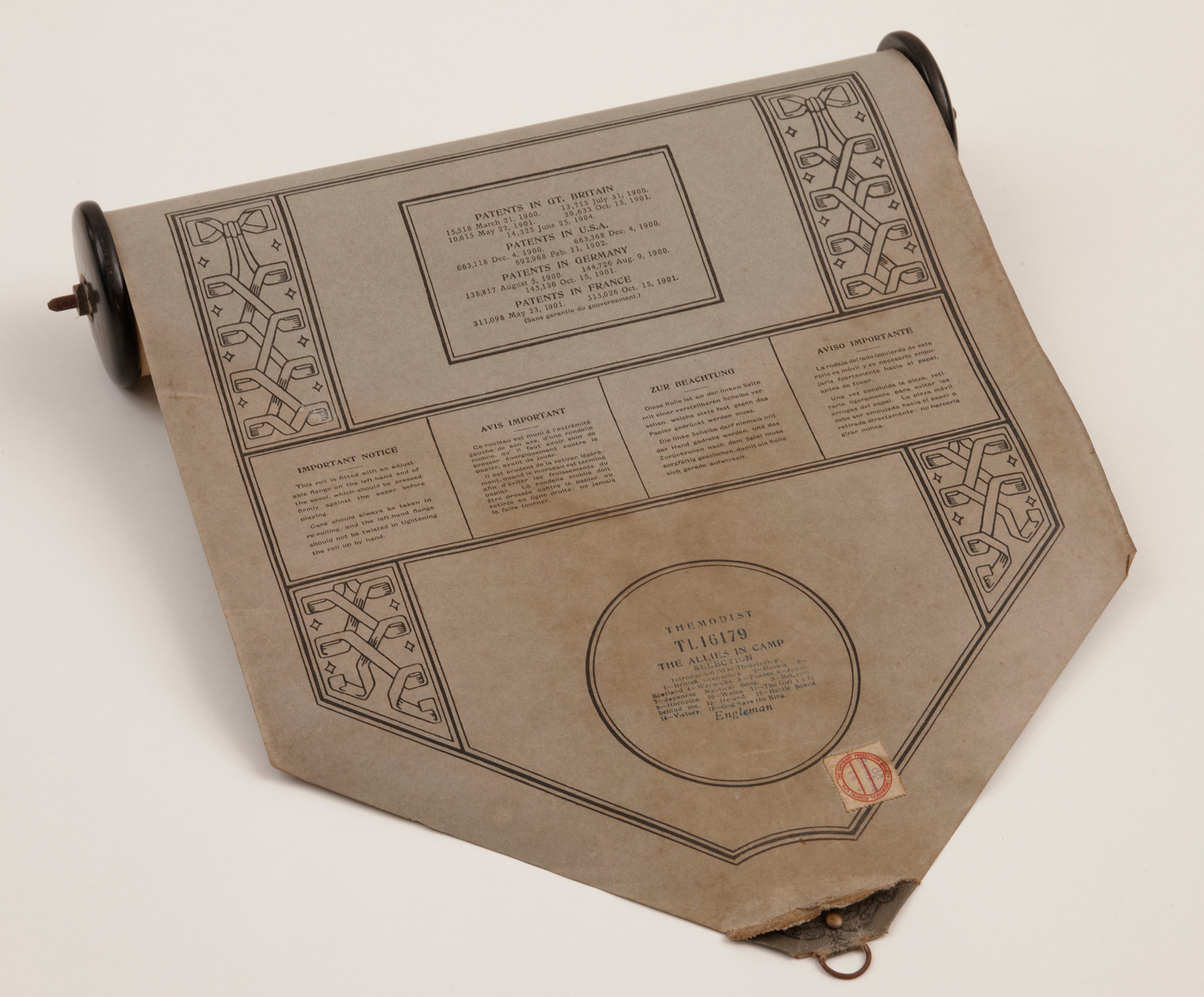An unassuming instrument
By delving into an old harmonium at Rouse Hill Estate we hope to learn when it came into the house, who played it, and how we can best look after it.
A harmonium has long sat downstairs in Rouse Hill House, an unassuming piece of furniture covered in small, framed family photos. This instrument is a type of reed organ that uses foot pedals attached to bellows to generate air pressure and makes sound by passing air over a series of metal reeds. Although it looks like a piano, the harmonium sounds more like an accordion.
We were keen to confirm the make and date of the instrument. A label below the stops – knobs used to control the air volume and activate reeds – bears the name ‘Paling & Comp’, and another inside the lid announces W H Paling as an ‘importer of ... Harmoniums by Alexandre. All instruments guaranteed genuine …’
While the Paling label suggested it was an Alexandre model, we had our doubts. Alexandre et Fils began producing harmoniums in Paris in 1843 and were known for the quality of their instruments. Online images showed more decorative instruments than ours. Experts we contacted through the Organ Historical Trust of Australia suggested the harmonium was probably made by Phillip J Trayser, who apprenticed with Alexandre before setting up his own business in Stuttgart, Germany, in 1847. They advised us to look for his name stamped in the reed plates. Further research uncovered photos of a harmonium in the Netherlands that was very similar to ours; one of the detailed images showed the Trayser stamp and the word ‘Stuttgart’ on the treble plate.
Looking inside
With guidance from musical instrument conservator Bronwen Griffin and organ specialist Darrell Pitchford, we opened up the harmonium to check the reed plates. As expected, there was some insect damage. Numerous home repairs had been performed on holes in the bellows, using a variety of materials, including vinyl ‘contact’, traditional ‘bellows cloth’ and sheepskin strips. These repairs are in keeping with others found across the site, giving the property its well-worn sensibility.
The reed plates were in excellent condition. Careful inspection found remnants of stamped letters that had been gouged out. Sure enough, they were in the same location as the Trayser stamp on the Netherlands harmonium, and the ‘RT’ of ‘Stuttgart’ was still legible. Was the stamp removed by Palings, who replaced the Trayser label from the front of the harmonium with their own? Perhaps Palings, who were agents for rival harmonium-maker Alexandre, didn’t want it known that they were also selling Trayser harmoniums.
Numbers were stamped and written in the instrument, including ‘10234’ near the hinge for the lid, and ‘360’ on the case. From this information, harmonium specialist Louis Huivenaar in the Netherlands confirmed that the instrument was indeed manufactured by Trayser. The serial number, 10234, tells us the harmonium was made in 1869, and ‘360’ is the case number. Louis describes this model as a ‘nice instrument for a parlour or small room … the sound is not over loud, really nice and gentle’.
Entertaining in the home
If the harmonium was acquired around 1870, it was likely purchased by the widowed Hannah Rouse, who had just returned with her family from a two-year trip to Europe. Her younger children, Edwin, Emma and Lizzie, were then in their twenties, and the harmonium would have been a welcome addition to a country house filled with young people where concerts were regular entertainments.
In keeping with the ethos of Rouse Hill House, we’ll maintain the harmonium in its current form, home repairs and all, so that visitors can gain a sense of the passing of time in this history-laden home. While it’s not planned to restore the instrument to working order, we’re keen to bring music back to Rouse Hill. Among the treasures in the collection is a worn book, The harmonium museum, which includes 100 pieces of sheet music, from national anthems to operatic pieces and religious music. Colleagues in Australia and overseas have identified similar harmoniums in working order, and we’re hoping to use one of these to record some pieces so that the instrument’s reedy voice can again be heard in the house.
Published on
Related
Browse all
Dressing Joan Sutherland
One of the most spectacular costumes on display in the exhibition The People’s House: Sydney Opera House at 50 is an extraordinary Renaissance dress designed by Kristian Fredrikson and worn by Dame Joan Sutherland in the part of the notorious Lucrezia Borgia

Paving the way ... Harold Blair: The first Aboriginal opera singer
A short documentary that offers a glimpse into the life of Harold Blair, a world-renowned tenor, family man and political campaigner who sought social justice and human rights for Australia’s First Nations people

Harold Blair, trailblazer
Wulli Wulli tenor Harold Blair AM was Australia’s first professionally trained Aboriginal opera singer

WW1
The Allies in camp music roll
Rouse Hill house boasts a fine pianola, a player piano, which came into the house just a few years before the outbreak of World War I